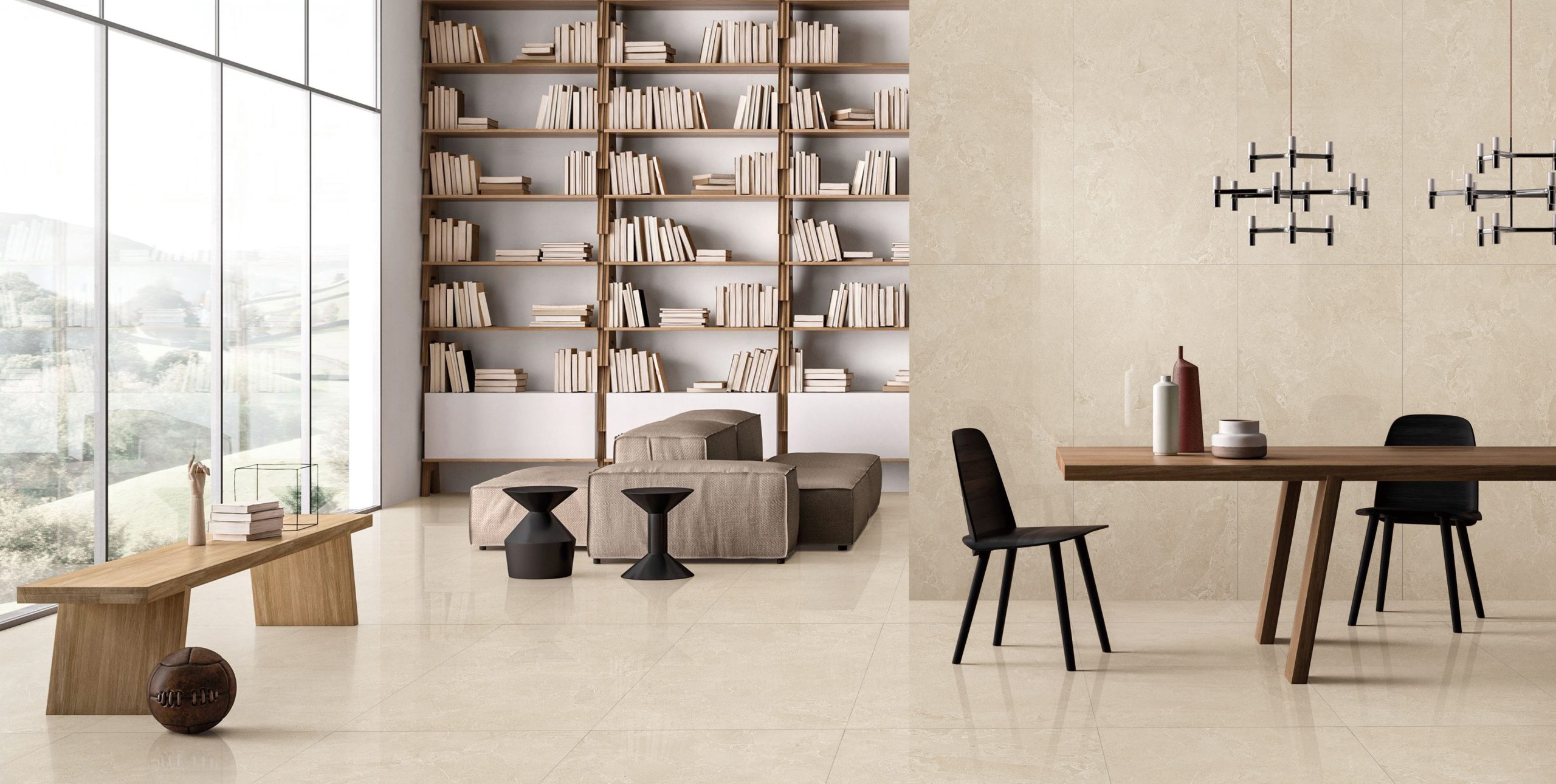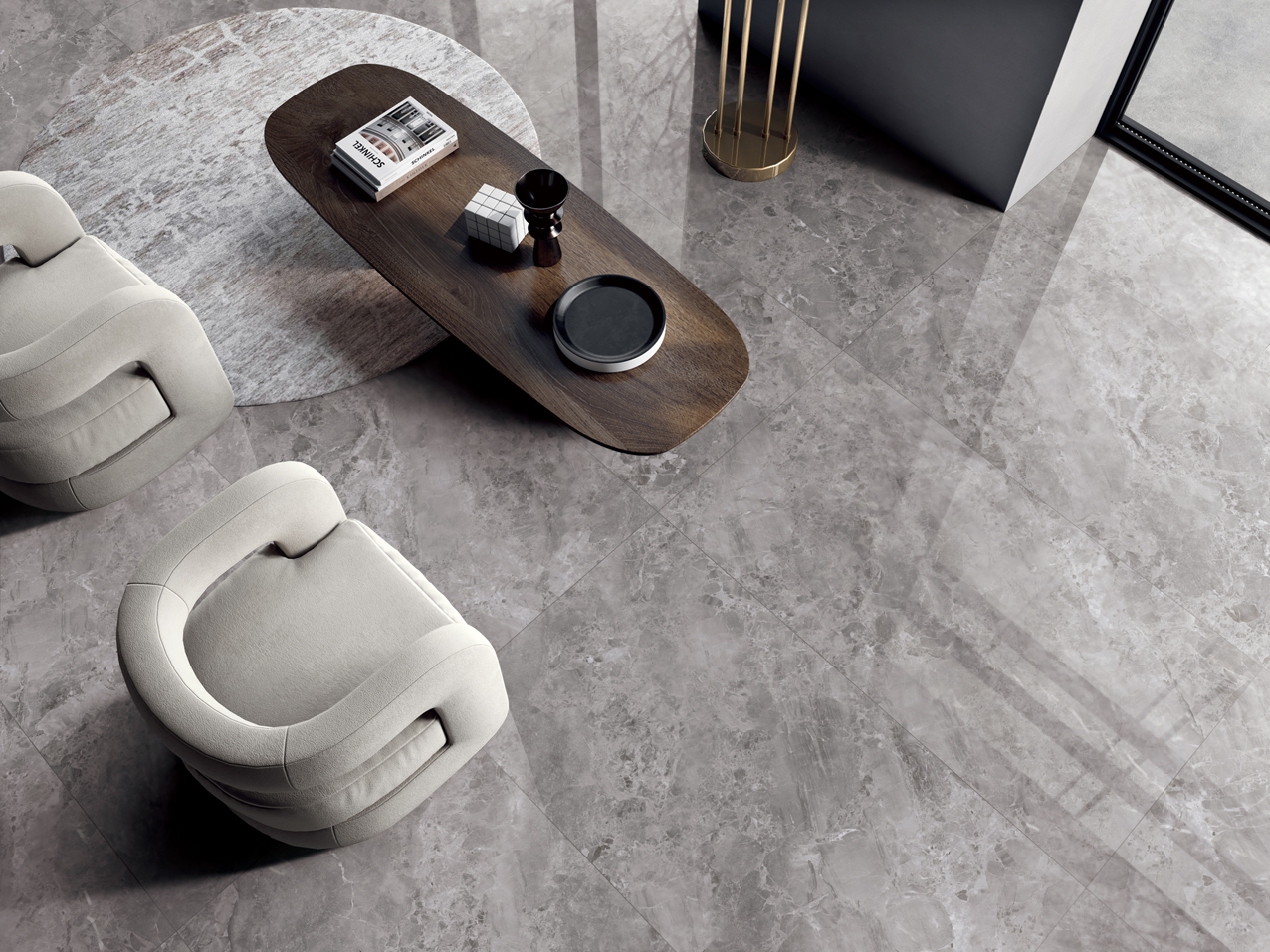
Chinese Ceramic Tiles Accelerate Global Expansion: Technology Exports and Production Capacity Reshape Global Landscape
I. Technology-Driven Global Competitiveness
Core Technological Breakthroughs Lead Industry Transformation
This year, Chinese ceramic tile manufacturers continue to dominate international markets with super-wear-resistant technology. A leading brand introduced fourth-generation sapphire crystalline glaze technology, achieving a wear resistance of 6,000 cycles—far exceeding international competitors by 3-5 years—with patents registered in the US and EU, plus TÜV Rheinland certification. This innovation has been implemented in premium projects like BMW’s China HQ and Hilton New Zealand, shifting China’s tile exports from low-cost OEM to a technology-driven premium model.
Global Innovation Collaboration Intensifies
Europe is advancing parallel upgrades. Valencia, Spain, secured EU funding to develop flood-resistant ceramic tiles featuring porous structures that absorb 10,000 liters of rainwater per hour, addressing urban flooding and creating new applications for ceramic building materials.
II. Emerging Markets Show Explosive Growth Potential
Central Asia Emerges as Growth Engine
Following the China-Uzbekistan visa-free agreement effective June 1 (joining Kazakhstan and Kyrgyzstan), China’s construction material exports to Central Asia surged 23.8% YoY in Q1. Demand for stone-pattern tiles and freeze-resistant pipes soared, with 40% of Kazakhstan’s light steel keel supply now sourced from China.
Africa Deepens Production Capacity
West Africa’s first modern tile production line, launched in Côte d’Ivoire by Chinese investors, achieves a daily output of 40,000 sqm, covering ceramic wall tiles and wear-resistant flooring. The project created hundreds of local jobs and upgraded regional supply chains, setting a benchmark for China-Africa industrial cooperation.
Australia’s Import Reliance Grows
Chinese tiles accounted for 78% of Australia’s total imports (34 million sqm) in 2024, up 16% YoY. Cost efficiency and innovation accelerated the replacement of traditional European suppliers.
III. Global Supply Chain System Upgraded
International Logistics Channels Expand
In June, Guizhou-produced tiles reached Vientiane, Laos via the China-Laos Railway, leveraging Guiyang’s multimodal transport hub for “small-batch, high-frequency” cross-border delivery—opening new Southeast Asian markets for inland manufacturers.
Localized Production Accelerates
Chinese enterprises established production bases and R&D centers in Malaysia and Italy, adopting a technology standard export + localized operation model to bypass trade barriers. One Malaysia-based Chinese factory increased capacity by 30% after technical upgrades, now supplying all ten ASEAN nations.
IV. Cultural Empowerment of Brand Value
Ceramic Culture Exchange Elevates
Jingdezhen City launched the “1819 Global Ceramics Carnival” in Faenza, Italy—the “City of Ceramics”—with plans to host the World Crafts Council meeting in October and establish international awards. A Sino-Italian artist residency program was signed to fuse design philosophy with craftsmanship.
Premium Brand Recognition Deepens
Chinese tiles are building a design-led brand image in Western markets. One company entered Germany’s OBI and US-based Home Depot under its own brand, operating 400+ global showrooms with premium rates twice the industry average in developed markets.
V. Industry Trends and Challenges
New Global Competition Dynamics
-
Technical Barriers: Patent disputes intensify over functional tiles (super-wear-resistant, stain-proof); global decorative tile market to hit $22.74 billion in 2024;
-
Local Competition: India’s Infra.Market became world’s No.2 with 19 plants and 81.57 million sqm capacity (30% export share);
-
Green Transition: EU mandates 50% carbon reduction for ceramic producers by 2030, forcing Chinese upgrades.
The global tile industry is shifting from cost leadership to value creation. China’s technological influence and cultural outreach will determine its leap from ‘product export’ to ‘ecosystem dominance’ in high-end markets. — Industry Analyst
Conclusion
The 2025 global tile competition hinges on technological sovereignty and cultural resonance. Through wear-resistant breakthroughs, RCEP regional synergies, and “Ceramic Culture” IP development, China is redefining its global manufacturing identity. As Central Asia’s visa-free policy boosts trade and Africa’s infrastructure demands rise, innovators merging R&D with localized operations will capture new premium market share.




